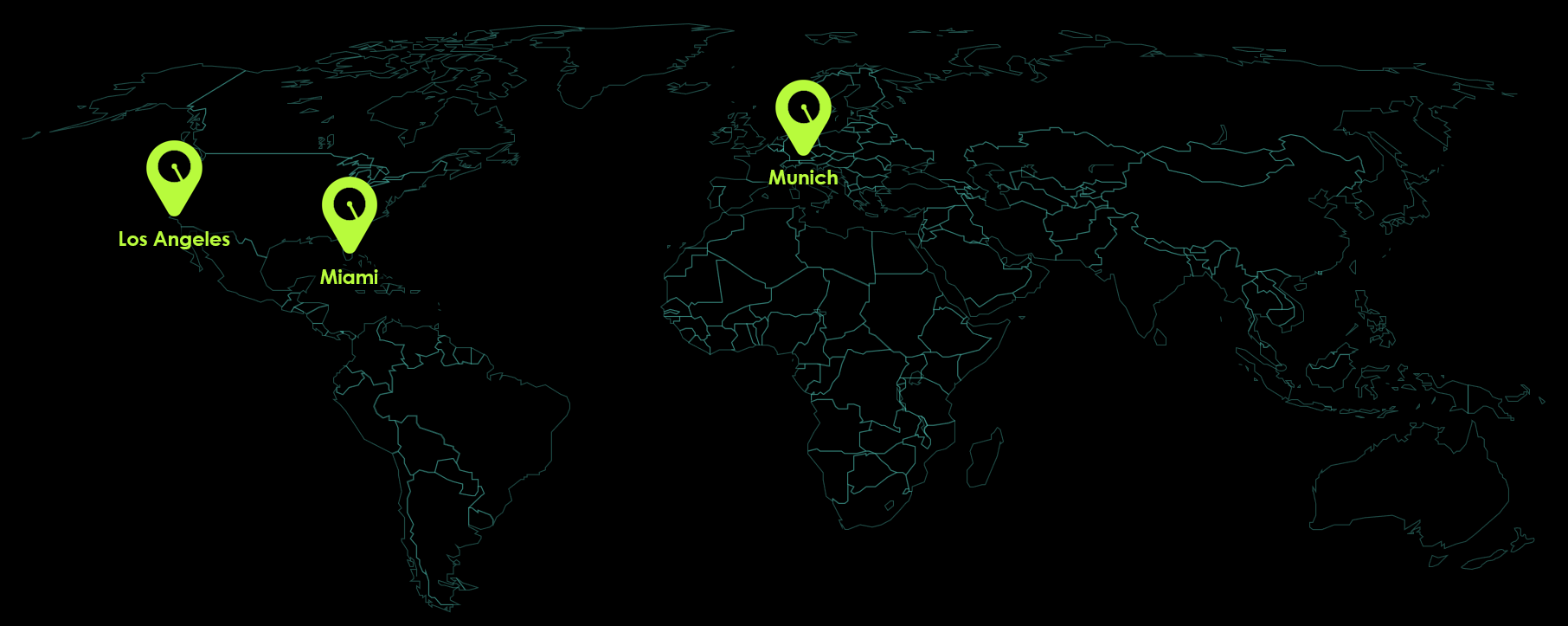Why a Data Warehouse is Essential for Your Business
A data warehouse forms the foundation of a modern data strategy and serves as the backbone of an enterprise data warehouse environment. It integrates data from various sources and operational systems, securely stores historical data, and makes it available in a single repository for analytics and business intelligence. This allows you to manage information efficiently, accelerate data analysis, and make decisions based on a solid data management and data integration framework.
The Core Functions of a Data Warehouse
Data Integration
A data warehouse collects and unifies information from different sources such as ERP, CRM, and financial systems. This integration creates a consistent data foundation, breaks down silos, and enables an organization-wide perspective. All information is consolidated in one place and made available for analytical processes.
Data Cleansing and Transformation
Before use, raw data is cleansed, validated, and transformed. This data transformation occurs within structured database layers to ensure data quality. Inaccurate, duplicate, or incomplete records are corrected to ensure that only high-quality information is included in analysis. This guarantees that decisions are based on reliable data.
Data Aggregation
In this step, dimensional data is consolidated into meaningful key metrics and dimensions. The data warehouse condenses complex information, allowing for faster and clearer evaluations. This aggregation supports management and business units in identifying trends and patterns.
Data Storage
A data warehouse provides permanent data storage for consolidated information in one repository. This storage simplifies access, accelerates queries, and ensures data security and traceability. As a result, your entire dataset remains accessible, transparent, and audit-proof at all times.

Our Process and Timeline Schema
The duration of each project depends on its individual scope and requirements and therefore cannot be generalized. The timeline below serves as an example to illustrate our approach and provide a better understanding of the typical phases. Your specific project schedule will be defined together during the initial planning stage.
A high-performing data warehouse is built on careful planning, technical precision, and a resilient database structure. Our transparent workflow ensures smooth implementation from initial analysis to full production use. Here is what a typical project timeline looks like:
Get Started with a Scalable Data Architecture
A modern data warehouse lays the foundation for powerful analytics and sustainable growth. We help you integrate multidimensional data, transform raw data into insights, and build a repository that scales with your business.
Whether you modernize existing operational databases (OLTP) or create a comprehensive new enterprise data warehouse, we design a secure, scalable environment aligned with your business processes and data governance requirements.
Modern Technologies for Sustainable Data Architecture
The Advantages of Data Warehouses
Why Radial?

These companies already rely on our expertise:
Frequently Asked Questions
What our customers say
Unlock the Full Potential of Your Data
A well-designed data warehouse is more than just a storage system. It’s the foundation for informed decisions, clear analytics, and long-term success. With the right tools and expertise, we help you turn raw data into structured, actionable insights that drive measurable results.
Whether you want to optimize existing systems or build a new data architecture from the ground up, we’ll guide you from strategy to implementation- efficiently, transparently, and aligned with your business objectives.































